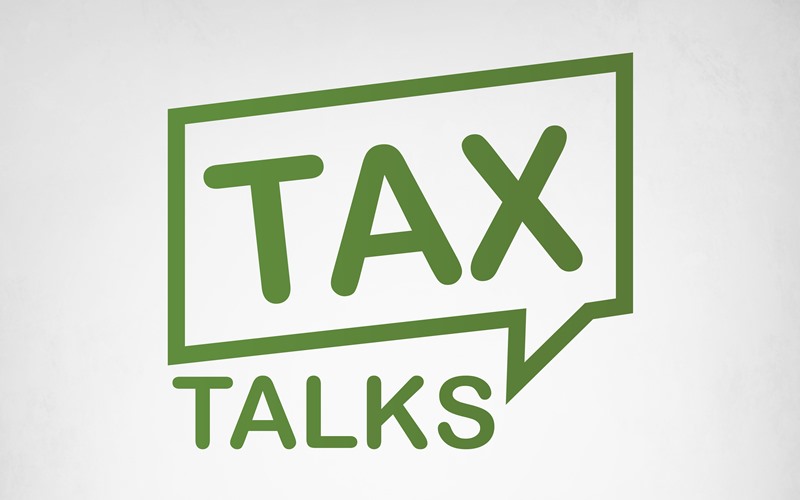December 26, 2022

As for tax updates, year-end 2022 is as good as any of the last few years. Some years we’re left dealing with changes that occur in January that are retroactive. This year, there are some last minute things that are mostly good news. Here are the highlights.
Last week, the IRS imposed a one-year delay on reporting requirements related to taxpayers who made more than $600 online through third-party payment companies like Paypal and Venmo. There is also a similar delay for brokers regarding the disposition of digital assets.
The House and Senate also approved what has been known as “Secure Act 2.0” that impacts retirement accounts. These provisions were part of the $1.7 trillion omnibus spending package. Some of the highlights include:
- Allowing employers to make 401(k) matching contributions based on a worker’s student loan payments
- Allowing workers to open an emergency savings account inside their 401(k) plans
- Allowing tax and penalty free rollovers from 529 plans to Roth IRAs under specific circumstances
- Delaying required minimum distributions (RMDs) to 73 for people who turn 72 in 2023 or later (and to 75 starting in 2033)
- Including a cost of living adjustment, in $100 increments, starting in 2024 for IRA catch up contributions. In 2023 IRA contributions are permitted up to $6,500 with $1,000 catch up for those 50 and older.
- Allowing for a larger 401(k) and 403(b) catch-up contribution beginning in 2025 with inflation adjustments beginning in 2026 for taxpayers age 60-63. The catch-up is the greater of $10,000 or 150% of the standard catch-up amount. In 2024, all catch up contributions for highly compensated workers (i.e. wages over $145,000) to be made to a Roth account. There are also increases to the catch-up contributions for SIMPLE plans starting in 2024 to the amount of 10%, with higher catch-up contributions
- Auto 401(k) and 403(b) plan enrollments for newly hired eligible workers.
The IRS also released frequently asked questions (FAQs) about energy efficient home improvements as well as residential clean energy credits. Fact Sheet-2022-40 provides assistance to taxpayers regarding these newly enhanced credits. As a reminder, the Inflation Reduction Act (IRA) increased the energy home improvement credit generally up to $1,200 beginning in 2023. The credit is equal to 30% of the sum of amounts paid for certain qualified expenditures such as qualified energy efficiency improvements, residential energy property expenditures and home energy audits. The $1,200 annual tax credit for those previously mentioned items can be combined with a separate annual cap of $2,000 for certain items such as natural gas heat pump water heaters for a $3,200 maximum.
The residential clean energy property credit is a 30% credit for certain qualified expenditures for residential energy efficient property. This credit allows for things such as solar panels, battery storage technology and solar water heaters.
Not unusual, there is a lot going on for taxpayers to understand as the new year approaches and they should discuss the items above proactively as they meet with their advisors this winter. Contact your Farm Credit East tax preparer to learn more.
Farm Credit East’s team of tax planning and prep specialists understand the latest ag tax laws and work to find the deductions you deserve.




